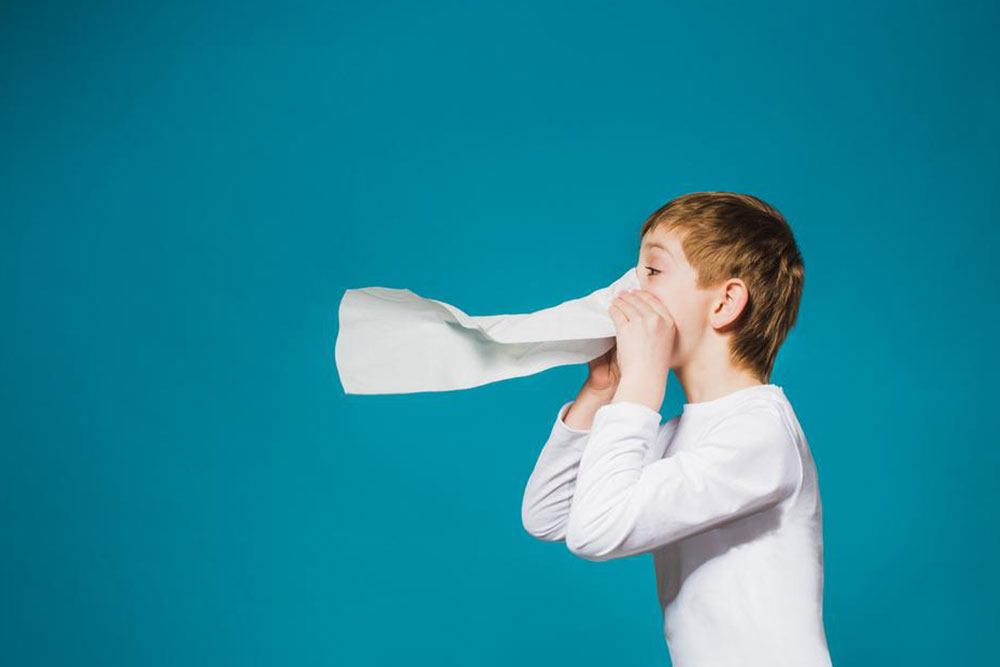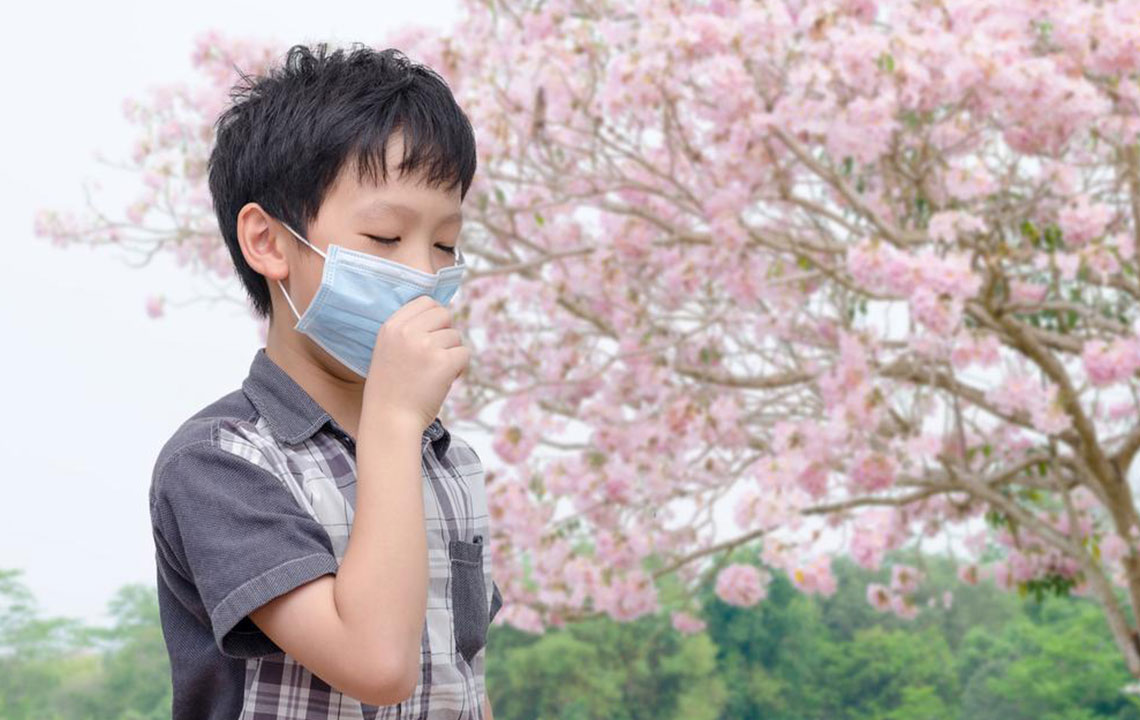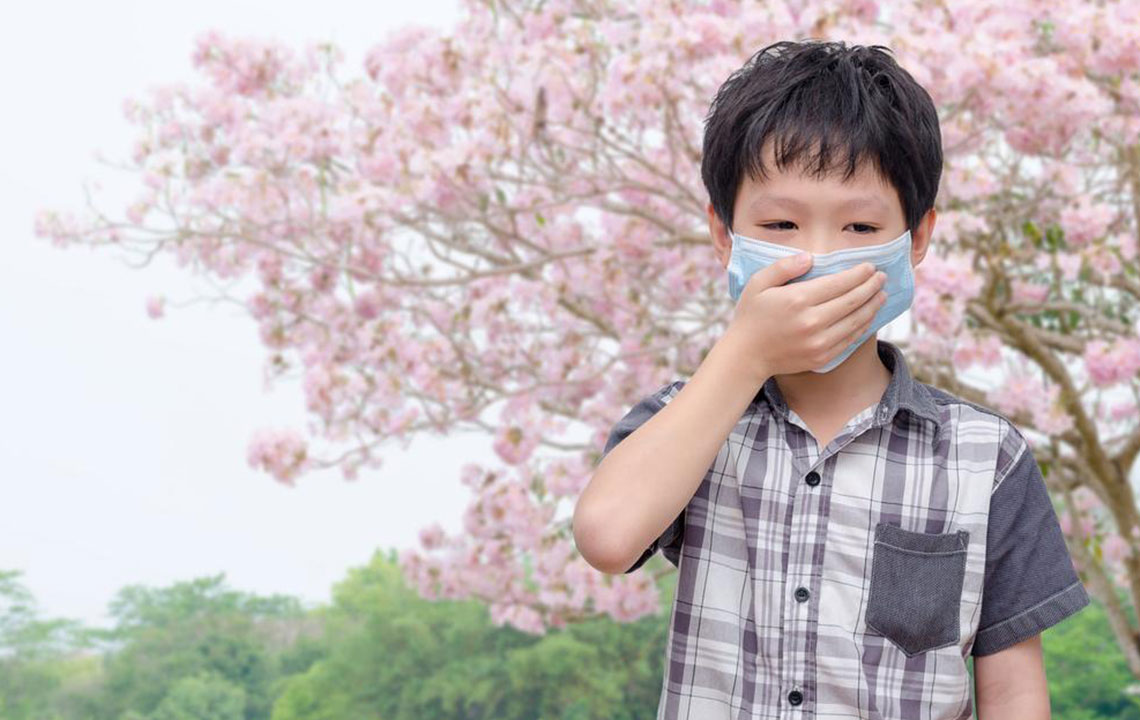Comprehensive Guide to Alleviating Children's Allergy Symptoms Effectively
This comprehensive guide provides parents and caregivers with effective strategies to alleviate children's allergy symptoms. From limiting outdoor exposure during peak pollen times to using saline rinses, maintaining indoor humidity, and natural remedies like warm steam and spicy foods, these methods help reduce discomfort and improve quality of life. Always consult healthcare professionals for personalized treatment plans. Proper allergy management can significantly ease your child's symptoms and promote healthier living environments during allergy seasons.

Comprehensive Strategies to Reduce and Manage Children's Allergy Symptoms
Managing allergies in children can be a challenging task for parents and caregivers. Allergic reactions can significantly impact a child's daily life, causing discomfort, disrupted sleep, and reduced overall well-being. Therefore, understanding effective strategies to alleviate allergy symptoms is crucial to improving your child's quality of life. While implementing these approaches, it is essential to consult a healthcare professional to confirm that symptoms are indeed allergy-related before initiating any treatment plans. Proper diagnosis ensures that the selected remedies are safe and effective for your child's specific allergy type.
Allergies in children can be triggered by various environmental factors, including pollen, dust mites, pet dander, mold, and certain foods. Tailoring your prevention and treatment strategies to these triggers can make a significant difference. Below, we explore detailed and practical tips to help manage and reduce allergy symptoms in children, fostering a healthier environment and easing their discomfort.
Limit Outdoor Activities During Peak Pollen Times
One of the most effective ways to lessen allergy symptoms in children is to control their exposure to outdoor allergens, especially pollen. During high pollen seasons—such as spring and early summer—or windy days, it's advisable to keep children indoors as much as possible. Pollen counts tend to be highest from mid-morning to early evening, making these periods critical times to restrict outdoor activities. If children need to be outside, they should wear protective masks and sunglasses to shield their eyes and respiratory system. Keeping windows and doors closed during peak times reduces indoor pollen infiltration, creating a safer environment at home and school.
Use Saline Nasal Rinses for Nasal Congestion Relief
Nasal congestion is a common and uncomfortable allergy symptom. Salt water nasal rinses are highly effective in clearing nasal passages and reducing inflammation. For older children, over-the-counter medical saline sprays can be used, offering a convenient and sterile option. Younger children can benefit from homemade saline solutions, prepared by boiling water and adding non-iodized salt, ensuring the solution is cooled to room temperature before use. This gentle yet powerful method helps flush out irritants, reduce mucus buildup, and improve breathing comfort. Regular use during allergy seasons can significantly diminish nasal blockage.
Ensure Adequate Hydration
Dehydration is a common consequence of persistent sneezing and nasal drainage. It can also exacerbate discomfort and fatigue in children suffering from allergies. Encouraging your child to drink water frequently helps maintain hydration and supports their immune function. Carrying a reusable water bottle and setting hydration reminders can make it easier for children to sip water throughout the day. Proper hydration not only alleviates symptoms but also helps the body flush out allergens more effectively, promoting quicker recovery and better overall health during allergy-prone seasons.
Utilize Warm Showers and Steam Therapy
Warm baths and steam treatments serve as natural methods to relieve allergy symptoms. A lukewarm shower can loosen trapped mucus and soothe irritated nasal passages, providing immediate relief. Steam inhalation—done by placing a face over a bowl of hot water with a towel draped over the head—can open congested sinuses and improve airflow. Be cautious to ensure the water isn't too hot to prevent burns or discomfort. Incorporating these routines into your child's daily regimen during allergy seasons can significantly reduce nasal congestion and promote easier breathing.
Maintain Optimal Indoor Humidity Levels
Indoor air quality plays a vital role in allergy management. Dry air can worsen respiratory discomfort, while excessively humid environments promote mold and dust mite proliferation. Using a humidifier to keep indoor humidity between 30% and 40% strikes a balance, enhancing breathing comfort without encouraging mold growth. Regular cleaning of humidifiers and ensuring proper ventilation help prevent microbial buildup. Monitoring humidity levels with a hygrometer helps maintain ideal conditions, reducing your child's exposure to common indoor allergens and creating a healthier living space.
Apply Cold Compresses for Itchy, Irritated Eyes
Eye allergies are another common concern for children with seasonal or indoor allergies. Applying a cold compress to the eyes can provide quick relief from itching, redness, and swelling. Use a clean cloth soaked in cold water or a gel-filled eye mask for several minutes. This soothing technique constricts blood vessels and decreases inflammation, calming irritated eyes. Incorporating cold compresses into your child's daily routine during allergy flare-ups can minimize discomfort and improve their ability to focus and enjoy daily activities.
Encourage Children Not to Rub Their Eyes
Itching and irritation often prompt children to rub their eyes, which can worsen inflammation and cause additional discomfort. Educating children to avoid rubbing and gently patting their eyes instead is vital in preventing further irritation. Keeping their nails short and clean can also reduce the risk of scratching or damaging the delicate skin around the eyes. Positive reinforcement and consistent reminders help children develop good habits, minimizing the risk of secondary infections or increased allergic reactions caused by mechanical irritation.
Incorporate Spicy Foods into Their Diet
Adding spicy foods rich in ingredients like garlic, ginger, onions, and chili peppers can naturally help open nasal passages and reduce congestion. These foods contain compounds that act as natural decongestants, providing relief from blocked sinuses. Including such ingredients in your child's meals during allergy seasons can boost their immune response and promote easier breathing. Always observe your child's tolerance levels to spicy foods and introduce new items gradually to prevent gastrointestinal upset.
Use Petroleum Jelly to Soothe and Protect the Nostrils
Applying a thin layer of petroleum jelly around the nostrils creates a barrier that can reduce irritation caused by frequent sneezing and nasal dryness. This simple remedy helps trap dust or pollen particles before they enter the nasal passages, providing additional protection. It also soothes and moisturizes delicate skin, preventing redness and chapping. Remember to use a small amount and ensure your child's hands are clean before application to maintain hygiene and avoid accidental ingestion.
Apply Warm Compresses to the Face for Sinus Relief
Facial sinus pressure and pain are common during allergy episodes. Using a warm, damp cloth on the cheeks and forehead can help relax sinus muscles and promote sinus drainage. This technique eases the discomfort of facial pain associated with sinus congestion. Repeating the warm compress application several times a day during allergy flares can provide substantial relief and help your child breathe more comfortably.
Incorporating these practical and natural methods can significantly improve your child's allergy symptoms and overall comfort. However, always consult a pediatrician or allergy specialist before starting new remedies or making significant changes to your child's treatment plan. Proper diagnosis and personalized advice ensure safe and effective allergy management tailored to your child's specific needs.





